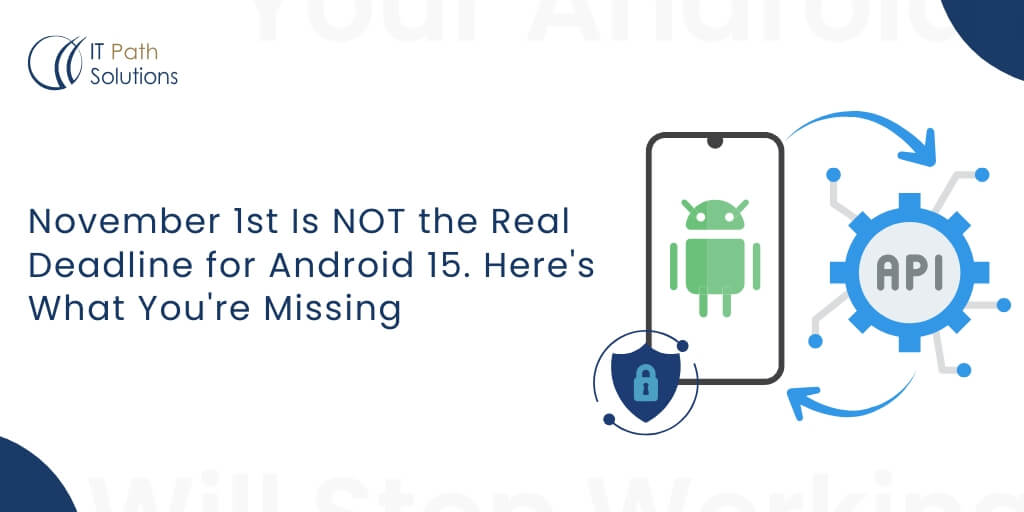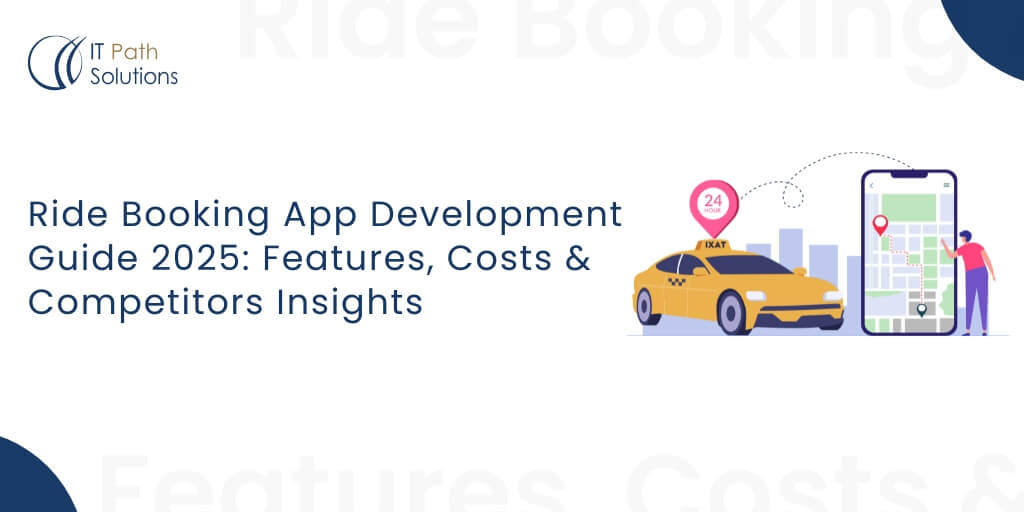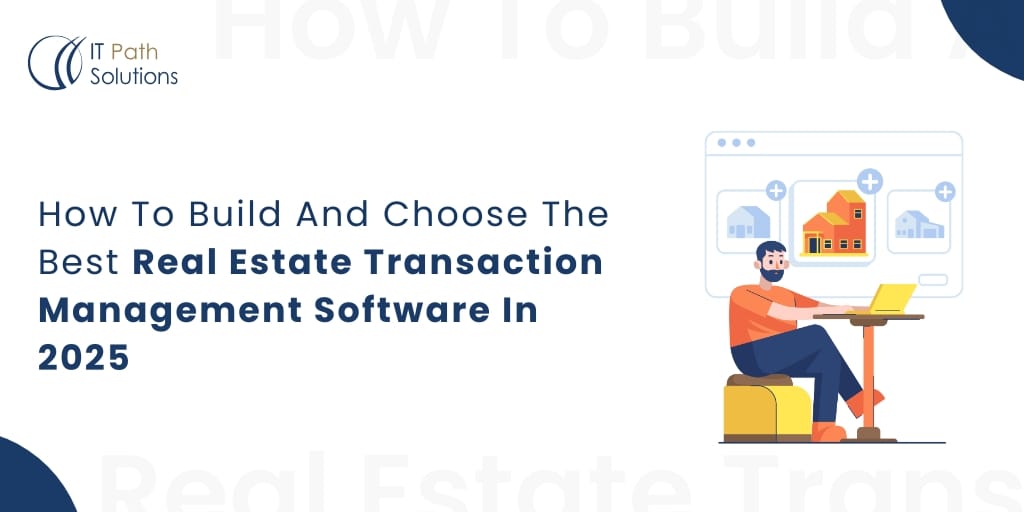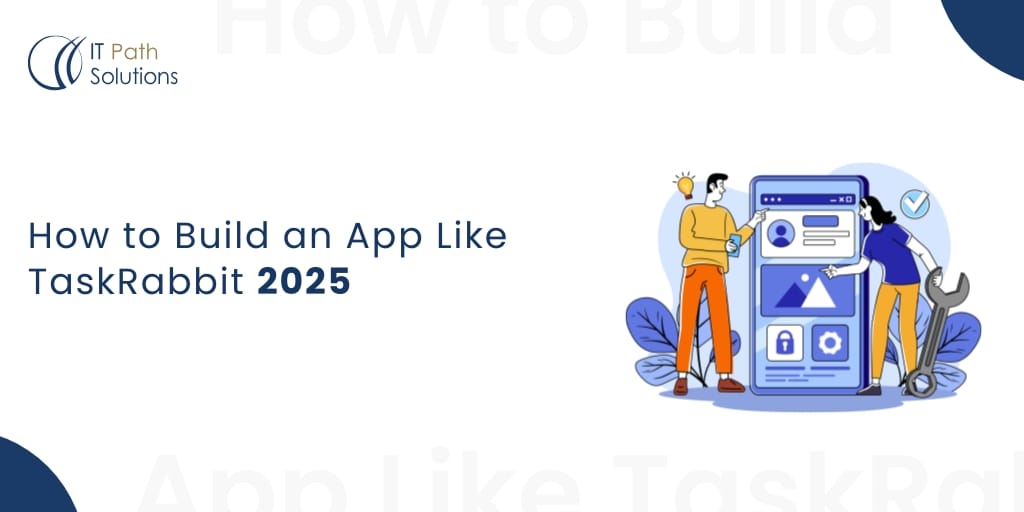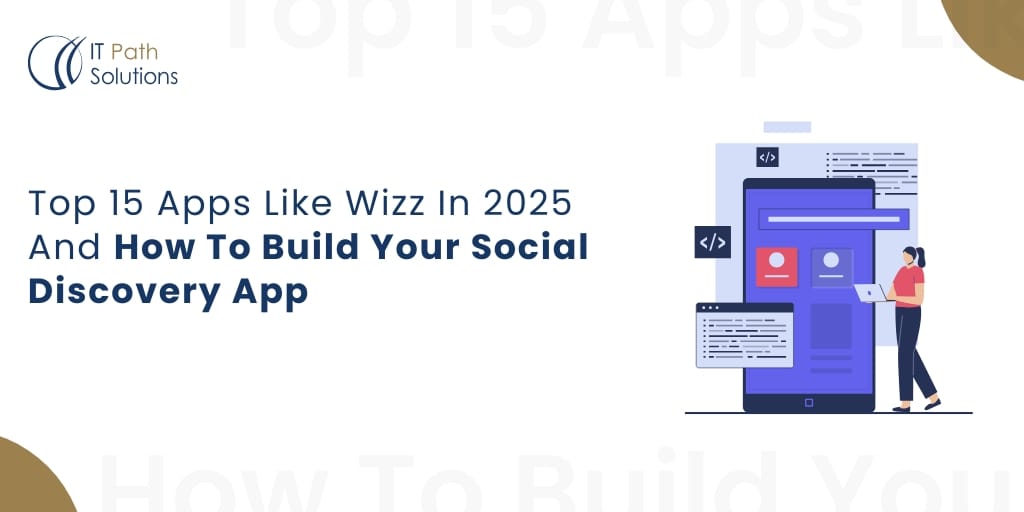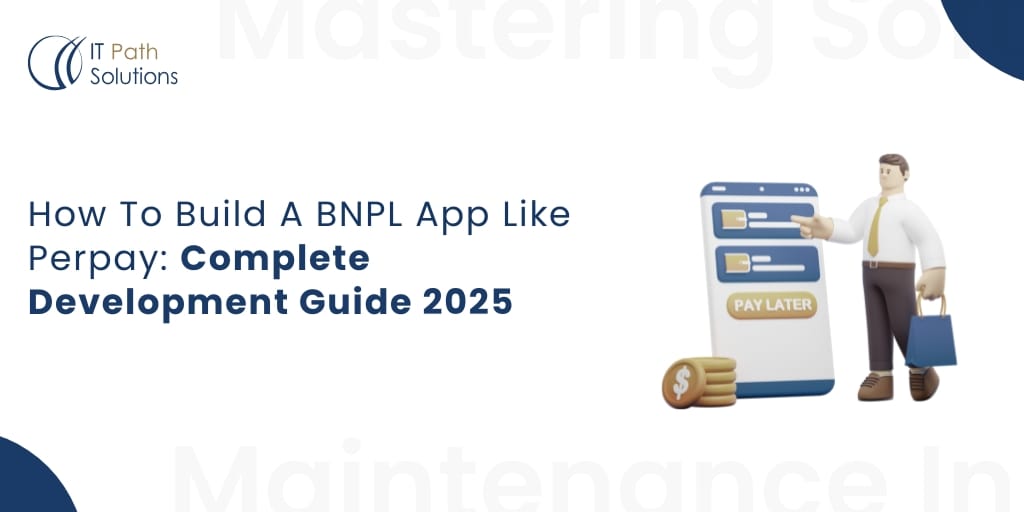Why Traditional Learning Methods Fail Students: Building Educational Apps That Actually Work
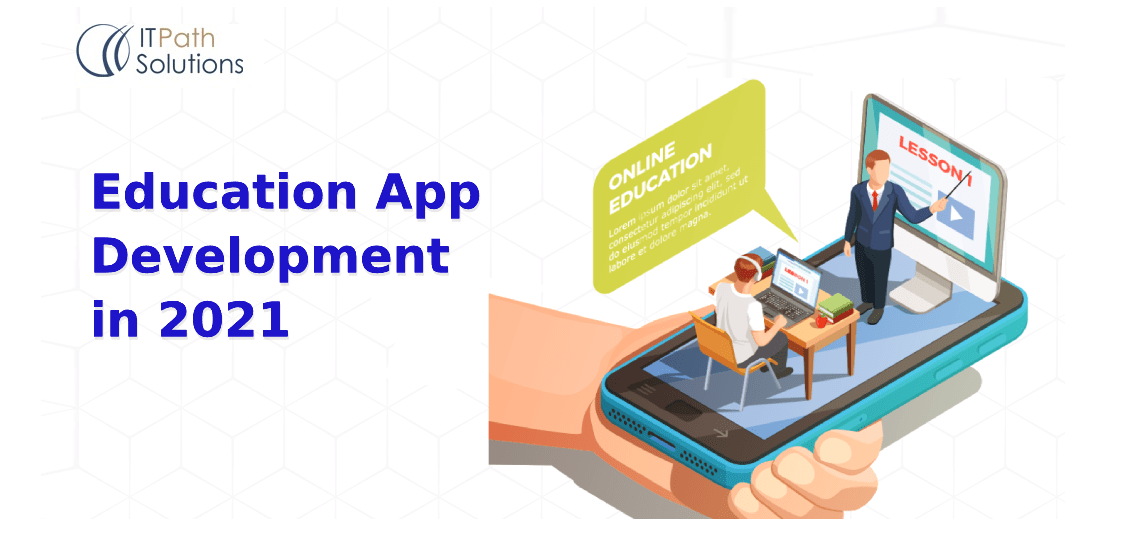
“Education is not the filling of a pail, but the lighting of a fire.” — William Butler Yeats
Students stare at textbooks for hours, yet retain barely 20% of what they read. Teachers struggle to engage classrooms where half the students zone out within minutes. Parents watch their children fall behind, frustrated by outdated learning systems that don’t match how young minds actually absorb information.
This disconnect creates a crisis. According to UNESCO’s latest education report, over 617 million children worldwide lack basic literacy and numeracy skills. Meanwhile, Pew Research Center data shows 95% of teens own smartphones, yet schools barely leverage this powerful learning tool sitting in every student’s pocket.
Educational app development bridges this gap. Furthermore, it transforms passive learning into active engagement, making education accessible, personalized, and genuinely effective.
The Real Problems Plaguing Modern Education Systems
Before diving into solutions, let’s examine what’s actually broken. Traditional classrooms operate on a one-size-fits-all model. Consequently, fast learners grow bored while struggling students fall further behind. Teachers manage 30+ students simultaneously, making personalized attention nearly impossible.
Additionally, conventional learning materials remain static. Textbooks don’t adapt when a student misunderstands concepts. Moreover, they can’t provide instant feedback or track progress patterns. As a result, educators miss critical insights about where each student needs help.
Remote learning amplified these challenges. Parents became accidental teachers overnight, highlighting how difficult effective education truly is. Subsequently, families worldwide searched for digital solutions that could genuinely help their children learn.
How Educational Apps Revolutionize Learning Experiences
Educational apps don’t just digitize textbooks they fundamentally reimagine how students interact with knowledge. Here’s specifically how they address core pain points:
Personalized Learning Paths Transform Student Outcomes
Every student learns differently. Some grasp concepts through visual demonstrations, while others need hands-on practice. Educational apps analyze individual learning patterns, then adjust content accordingly.
For instance, adaptive learning algorithms identify when students struggle with particular topics. Subsequently, the app provides additional practice problems, alternative explanations, or relevant video tutorials. Meanwhile, students who master concepts quickly receive advanced challenges that keep them engaged.
This personalization delivers remarkable results. Research consistently shows students using adaptive learning apps improve test scores by 30-40% compared to traditional methods. Moreover, they retain information longer because content matches their unique learning style.
Gamification Makes Learning Irresistibly Engaging
Children naturally love games. Therefore, incorporating game mechanics into education transforms studying from a chore into an adventure. Points, badges, leaderboards, and achievement systems tap into intrinsic motivation.
However, effective gamification goes beyond superficial rewards. Well-designed educational apps create meaningful challenges that require genuine skill development. Students earn recognition for mastering difficult concepts, not just completing tasks quickly.
Additionally, competitive elements let students challenge friends while learning together. Collaborative features enable peer-to-peer teaching, which research proves benefits both the explainer and the learner. Consequently, students spend more time actively engaged with educational content.
Real-Time Feedback Accelerates Knowledge Retention
Traditional homework creates a frustrating cycle. Students complete assignments, submit them, then wait days for graded results. By that time, they’ve forgotten the problems and moved to new topics. Therefore, corrections feel disconnected and ineffective.
Educational apps eliminate this delay. Instant feedback shows students exactly where they made mistakes while the problem remains fresh in their minds. Furthermore, smart apps explain why answers are incorrect and guide students toward correct reasoning.
This immediate reinforcement dramatically improves learning efficiency. Students correct misunderstandings before they become ingrained habits. Meanwhile, teachers receive real-time analytics showing exactly which concepts each student struggles with, enabling targeted intervention.
Essential Features Every Successful Educational App Needs
Building an effective educational app requires more than good intentions. Specific features separate genuinely useful apps from digital distractions:
Intuitive User Interface Designed for Students
Children and teenagers interact with apps differently than adults. Therefore, educational apps need interfaces specifically optimized for younger users. Large, clearly labeled buttons prevent accidental taps. Simple navigation ensures students never get lost in menus.
Moreover, visual design dramatically impacts engagement. Bright, appealing graphics attract attention without overwhelming content. Animations guide users through lessons naturally. Consequently, students focus on learning rather than struggling with confusing interfaces.
Comprehensive Progress Tracking and Analytics
Parents and teachers need visibility into student progress. Detailed dashboards show time spent learning, topics covered, and mastery levels achieved. Additionally, trend analysis identifies patterns like which subjects students avoid or when engagement drops.
These insights enable proactive support. If analytics reveal a student consistently struggles with fractions, parents can provide extra help before grades suffer. Meanwhile, teachers use aggregated data to adjust classroom instruction based on common difficulties.
Offline Functionality Ensures Uninterrupted Learning
Internet connectivity remains unreliable in many regions. Students shouldn’t lose access to education because WiFi drops. Therefore, robust educational apps download content locally, enabling offline learning.
Subsequently, progress syncs automatically when connections restore. This flexibility proves especially crucial for students from underserved communities where internet access isn’t guaranteed. Education becomes truly accessible regardless of circumstances.
Multilingual Support Expands Educational Reach
Language barriers prevent millions of students from accessing quality educational content. Educational apps that support multiple languages democratize learning opportunities. Furthermore, they help immigrant students learn new languages while maintaining progress in core subjects.
Localization goes beyond simple translation. Culturally relevant examples and context make content relatable for diverse student populations. Consequently, educational apps can serve global audiences effectively.
The Educational App Development Process: From Concept to Launch
Creating successful educational apps requires systematic planning and execution. Here’s exactly how to approach development:
Phase 1: Research and Requirements Gathering
Start by identifying specific educational challenges your app will solve. Interview teachers, students, and parents to understand their daily frustrations. Additionally, analyze existing apps to identify gaps in current solutions.
Next, define your target audience precisely. Age ranges matter tremendously apps for elementary students need different features than high school learning tools. Furthermore, consider whether you’re building for students, teachers, or both.
Create detailed user personas representing typical users. Subsequently, map their learning journeys to identify exactly where your app adds value. This research foundation prevents building features nobody actually wants.
Phase 2: Curriculum Development and Pedagogical Design
Educational apps must align with learning standards and curriculum requirements. Therefore, collaborate with experienced educators during content development. Teachers understand not just what students need to learn, but how they learn most effectively.
Organize content into logical learning progressions. Each lesson should build naturally on previous knowledge while preparing students for upcoming concepts. Moreover, incorporate varied learning modalities text, video, interactive exercises, and assessments to accommodate different learning preferences.
Testing content with actual students provides invaluable feedback. Observe which explanations work and which confuse. Consequently, you’ll refine content before full-scale development begins.
Phase 3: Technical Architecture and Platform Selection
Decide whether you’ll build native apps (iOS/Android), cross-platform solutions, or web-based applications. Each approach has tradeoffs regarding performance, development cost, and maintenance requirements.
Native apps deliver optimal performance and access to device features like cameras and microphones. However, they require separate development for iOS and Android. Alternatively, cross-platform frameworks like React Native or Flutter enable code sharing between platforms, reducing development time.
Additionally, architect backend systems carefully. Educational apps generate enormous amounts of user data that must be stored securely and accessed quickly. Cloud-based solutions provide scalability as user bases grow.
Phase 4: UI/UX Design Optimized for Learning
Design interfaces that minimize cognitive load. Students should focus on learning content, not figuring out how to use the app. Therefore, maintain consistent navigation patterns throughout the application.
Color psychology impacts learning effectiveness. Blue tones promote focus and calm, while strategic accent colors highlight important elements. Furthermore, readable typography prevents eye strain during extended use.
Create wireframes and interactive prototypes before full development begins. Testing prototypes with target users reveals usability issues early when they’re inexpensive to fix. Subsequently, iterate based on feedback until the design truly works for students.
Phase 5: Development and Quality Assurance
Agile development methodologies work exceptionally well for educational apps. Build features incrementally, testing each component thoroughly before moving forward. Additionally, regular sprint reviews keep all stakeholders aligned on progress.
Quality assurance extends beyond technical testing. Educational content must be factually accurate and pedagogically sound. Therefore, have subject matter experts review all educational material before release.
Performance optimization proves critical. Apps must load quickly and respond instantly to user interactions. Students abandon slow, laggy apps immediately. Consequently, optimize code, compress media assets, and implement efficient data caching.
Phase 6: Beta Testing with Real Students
Launch a beta version with a limited group of actual users. Monitor how students interact with your app in realistic scenarios. Analytics reveal which features engage users and which get ignored.
Furthermore, gather qualitative feedback through surveys and interviews. Students often articulate issues developers never anticipated. Teachers provide insights about how the app fits into actual classroom workflows.
Use this feedback to refine features before the official launch. Additionally, fix any bugs or performance issues beta testers discover. This investment prevents negative reviews that could sink your launch.
Phase 7: Launch and Continuous Improvement
Successful app launches require strategic marketing. Create compelling app store listings with clear descriptions, engaging screenshots, and demonstration videos. Additionally, reach out to education bloggers and influencers for reviews.
However, launch isn’t the finish line it’s the starting point. Continuously update your app based on user feedback and usage data. Add new content regularly to keep students engaged long-term.
Moreover, monitor technological advances. As devices gain new capabilities, incorporate features that enhance learning experiences. Educational apps must evolve continuously to remain relevant and effective.
Critical Technologies Powering Modern Educational Apps
Technology choices dramatically impact what educational apps can accomplish. Here are key technologies transforming educational app development:
Artificial Intelligence and Machine Learning
AI enables personalized learning at scale. Machine learning algorithms analyze thousands of student interactions, identifying patterns that predict learning outcomes. Subsequently, apps adjust difficulty levels, content presentation, and pacing automatically.
Natural language processing lets students ask questions conversationally. AI tutors provide explanations in ways students understand, adapting language complexity to each learner’s level. Furthermore, sentiment analysis detects student frustration, triggering supportive interventions.
Augmented and Virtual Reality
AR and VR create immersive learning experiences impossible in traditional classrooms. Students explore ancient civilizations by virtually walking through historical sites. They manipulate 3D molecular models to understand complex chemistry concepts.
These technologies prove especially valuable for abstract subjects. Physics concepts become tangible when students visualize forces and motion in 3D space. Consequently, comprehension improves dramatically compared to textbook diagrams.
Cloud Computing and Real-Time Synchronization
Cloud infrastructure enables seamless experiences across devices. Students start lessons on tablets at school, then continue on phones during commutes, and finish on computers at home. Progress syncs instantly without manual intervention.
Additionally, cloud computing powers collaborative features. Multiple students work together on shared projects simultaneously, regardless of physical location. Teachers monitor progress in real-time, providing guidance exactly when students need it.
Advanced Analytics and Learning Intelligence
Modern educational apps generate vast amounts of behavioral data. Advanced analytics platforms transform this data into actionable insights. Predictive models identify students at risk of falling behind before grades slip.
Heat maps show which content students engage with most. A/B testing reveals which teaching approaches work best. Consequently, educators make data-driven decisions rather than relying on intuition alone.
Monetization Strategies for Educational Apps
Building excellent educational apps requires significant investment. Therefore, sustainable monetization strategies prove essential:
Freemium Models Balance Access and Revenue
Offer core functionality free while charging for premium features. This approach lets students try your app risk-free. Subsequently, users who find value gladly pay for advanced content, personalized tutoring, or ad-free experiences.
However, ensure free versions provide genuine educational value. Overly restrictive free tiers create frustration rather than conversions. The goal is demonstrating value so compellingly that upgrades feel worthwhile.
Subscription Services Generate Predictable Revenue
Monthly or annual subscriptions create stable, predictable income streams. Additionally, they align incentives correctly you succeed when students continue finding value over time.
Tiered subscription options serve different user needs. Individual plans work for families, while institutional licenses serve schools and districts. Furthermore, family plans encourage broader adoption by reducing per-student costs.
Institutional Licensing Scales Revenue
Schools and districts represent massive markets. A single institutional license can provide access for thousands of students. Moreover, schools budget specifically for educational technology, creating reliable purchasing cycles.
However, selling to institutions requires different approaches than consumer marketing. Decision-making processes involve multiple stakeholders and extended evaluation periods. Therefore, provide comprehensive trial programs and detailed efficacy data demonstrating educational outcomes.
Compliance and Security Considerations You Cannot Ignore
Educational apps handle sensitive student data. Consequently, legal compliance and security aren’t optional they’re mandatory:
COPPA Compliance Protects Young Users
The Children’s Online Privacy Protection Act (COPPA) strictly regulates apps targeting children under 13. Obtain verifiable parental consent before collecting personal information. Additionally, implement privacy policies in clear, understandable language.
Violating COPPA triggers severe penalties. Therefore, consult legal experts specializing in education technology. Compliance should be built into your app’s architecture from day one, not added later.
FERPA Requirements for Educational Records
The Family Educational Rights and Privacy Act (FERPA) governs student educational records. Any data that could identify students and their academic performance falls under FERPA protection.
Implement strict access controls ensuring only authorized users view student data. Additionally, provide transparency about how you collect, store, and use educational records. Schools won’t adopt apps that create compliance risks.
Data Security and Privacy Protection
Encrypt all sensitive data both in transit and at rest. Use industry-standard authentication protocols to prevent unauthorized access. Furthermore, conduct regular security audits to identify and fix vulnerabilities.
Be transparent about data practices. Clearly explain what data you collect and why. Never sell student data to third parties doing so violates trust and often breaks laws. Privacy-focused approaches build trust with parents, teachers, and administrators.
Measuring Success: Key Performance Indicators for Educational Apps
How do you know if your educational app actually works? Track these critical metrics:
Engagement Metrics Show User Behavior
Daily active users (DAU) and monthly active users (MAU) indicate how frequently students return to your app. High DAU/MAU ratios suggest students find genuine value. Additionally, session length reveals how long students actively learn during each use.
Feature adoption rates show which capabilities students actually use. Low adoption indicates features need redesign or better onboarding. Furthermore, user flow analysis identifies where students get confused or frustrated.
Learning Outcomes Demonstrate Educational Effectiveness
Ultimately, educational apps must improve learning outcomes. Track test score improvements, concept mastery rates, and knowledge retention over time. Compare these metrics against control groups using traditional learning methods.
Additionally, gather qualitative feedback through surveys and interviews. Students and teachers provide context that raw numbers miss. Their testimonials also create compelling marketing materials demonstrating real impact.
Business Metrics Ensure Sustainability
Monitor customer acquisition costs (CAC) against lifetime value (LTV). Healthy unit economics enable sustainable growth. Additionally, track conversion rates from free to paid users, revealing how effectively you demonstrate value.
Churn rate indicates how many users stop using your app. High churn suggests fundamental problems with value delivery or user experience. Therefore, analyze why users leave and address those issues systematically.
Future Trends Shaping Educational App Development
Educational technology evolves rapidly. Here’s what’s coming next:
Adaptive Learning Becomes Truly Intelligent
Next-generation AI will understand not just what students know, but how they think. Apps will identify learning disabilities early and automatically adjust teaching approaches. Furthermore, they’ll predict optimal study times based on individual circadian rhythms and attention patterns.
Microlearning Fits Education Into Busy Lives
Short, focused learning sessions fit better into fragmented attention spans. Apps will deliver bite-sized lessons students complete during commutes, lunch breaks, or waiting periods. Consequently, learning becomes continuous rather than confined to specific study sessions.
Social Learning Creates Peer Networks
Future educational apps will emphasize community and collaboration. Students will teach each other, forming study groups around shared challenges. Gamification will reward helping peers, creating positive learning cultures.
Transform Learning Outcomes With Strategic Educational App Development
Educational app development solves real problems that frustrate students, teachers, and parents daily. By personalizing learning, providing instant feedback, and making education engaging, well-designed apps dramatically improve educational outcomes.
However, success requires more than good intentions. You need systematic development processes, robust technologies, and deep understanding of pedagogy. Additionally, you must navigate complex compliance requirements while building sustainable business models.
If you’re ready to create educational apps that genuinely transform how students learn, partnering with experienced development teams accelerates your journey. IT Path Solutions specializes in building educational technology that combines pedagogical excellence with technical innovation, helping you launch apps that make meaningful differences in students’ lives.
 Healthcare
Healthcare  Education
Education  Real Estate
Real Estate  Logistic
Logistic  Themes
Themes
 Plugins
Plugins
 Patterns
Patterns
